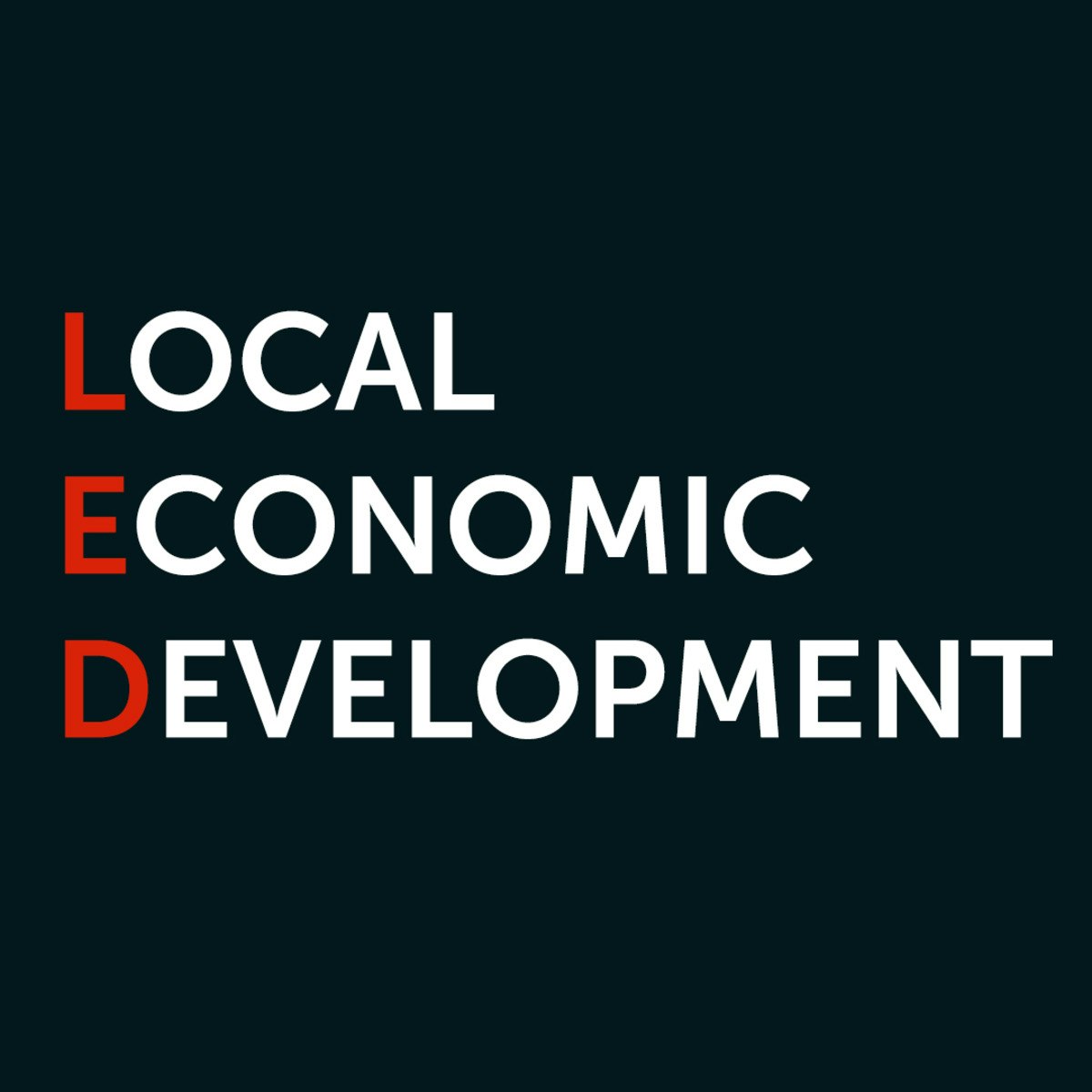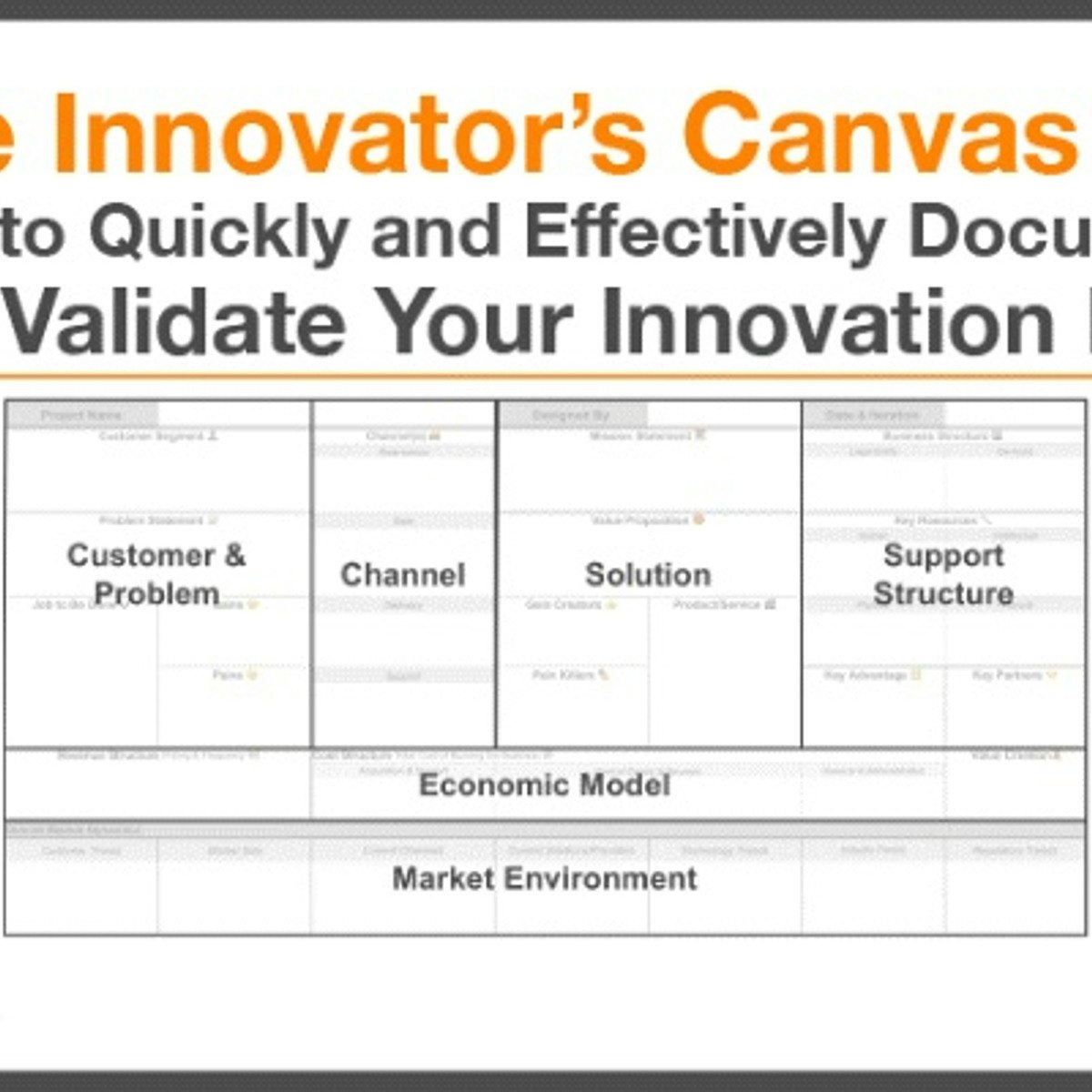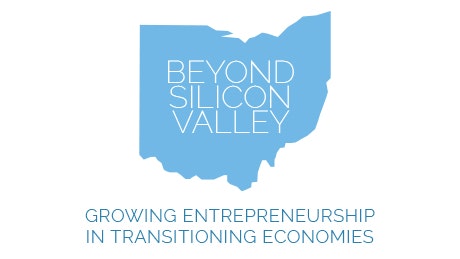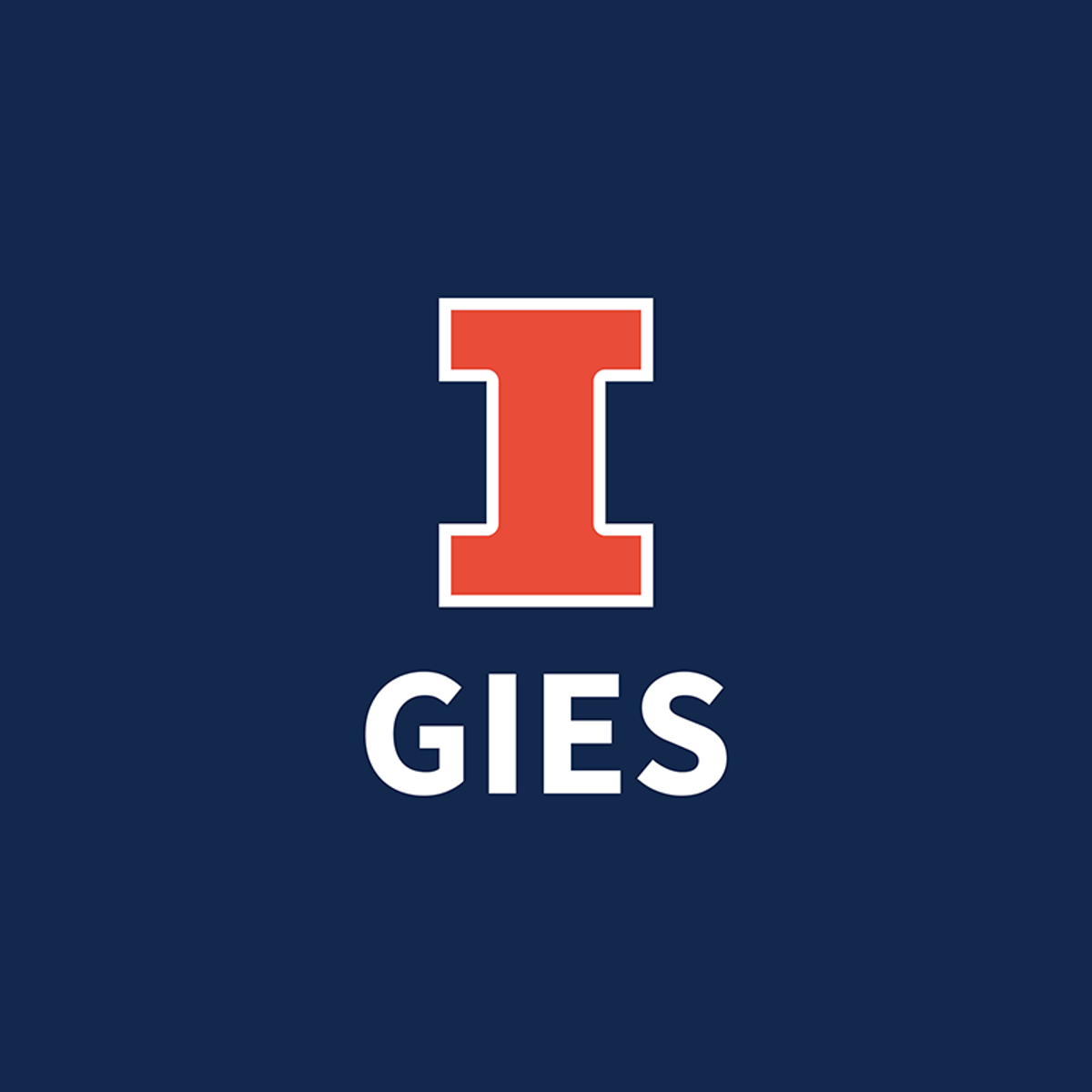Back to Courses









Entrepreneurship Courses - Page 18
Showing results 171-180 of 222

Local Economic Development
Welcome to this MOOC on Local Economic Development (LED). Local economic development refers to the processes by which local governments, businesses, and civil society groups get together to raise income sustainably and improve their lives in a well-defined area. It’s about creating jobs, securing livelihoods, improving infrastructure and managing local resources.
What do I learn?
We will be dealing with questions such as the following. Why does economic development take place in some areas of the world and not in others? Why doesn’t it happen in your place? What prevents people from having the lives they want to live right there? Could your region make more of the opportunities of globalization and new technologies? Did the promises of decentralization in your country fail to deliver better public services and more responsive governments? If these are the questions you are asking yourself, this is the right course for you. It explores the where, who and how of economic development.
Please have a look at our list of contents for the coming 8 weeks:
1. What is LED? What drives it?
2. How does globalization shape LED?
3. How does decentralisation affect LED?
4. How does competitiveness affect innovation?
5. What are entrepreneurship and its dimensions?
6. Why are value chains and clusters so important?
7. What are some LED strategies?
8. Your project
How will I learn?
In each week you will be able to access the content of the videos, suggested readings and additional videos for selective deepening. You will also find assignments that you have to complete if you want to earn a certificate for this MOOC. We will first introduce our “toolkit”, a series of theories and concepts that will help you read the situation in your locality. We will explore the main factors affecting local economic development, such as globalization, decentralisation, and competitiveness. We will discuss key components, like entrepreneurship and innovation and look into the organization of local economies into clusters, value chains and learning regions. We will conclude by deepening on some specific constructs that make local economies grow to benefit their communities. You will also contribute your ideas in the discussion forums, where you will learn from other participants around the world.
What makes this course special?
There is plenty of information in Internet on local economic development, which is mostly prepared by international donors or multilateral organisations. So what does this course do differently? First of all, the course is offered by academics that have significant published research on local economic development. This course gathers a wealth of academic knowledge that often fights the assumptions on what things are supposed to be like. Second, the instructors of this course have participated in dozens of capacity building projects in Latin America, Asia, Eastern Europe and Africa. Putting learning at the centre, they worked with communities, local governments, international donors and business associations. They often found a significant distance between theory and practice in local economic development, and this has been the basis of learning. Third, the course is acutely aware that each region is different and does not attempt to offer a one-size-fits-all recipe. It singles out key factors that drive local economic development and enables participants to do their own learning process, defining local problems and appropriate solutions. The aim of the course is that participants come up with their own ideas on how to promote local economic development.
How will I get a certificate?
If you want a certificate for participating in this MOOC, you will need to complete a small assignment each week and participate in the discussion forums. In the end of the MOOC, you will put these contributions together in one final document, your Capstone Project.
I hope you find this course exciting and that you get to share our passion for promoting local economic development.
Your instructors
Dr. Georgina M. Gómez, ISS
Prof. Emeritus AHJ (Bert) Helmsing, ISS
Dr. Jan Fransen, IHS

Action-Driven Business Plan: From the ‘Classroom’ to the World
"Action-Driven Business Plan: From the ‘Classroom’ to the World" is a capstone project, that requires you, our learner, to pull together all you will have learned in the three courses that comprise the "Startup Entrepreneurship" Specialization. This course is in fact the culmination of the process designed to provide you with the opportunity to demonstrate what you have learned on a real-world project of your choice.
During the following six weeks you will gradually create, improve and refine your business plan, moving from one milestone to another. Each week will begin with a short note from Prof. Maital, explaining what the current phase is about and providing you with points to consider while working on the assignments. We encourage you to practice what you have learned using the self-assessment practice quizzes and brainstorm with your peers in the weekly forums.
During the first week you will create a non-business plan as an initial step towards creating your business plan. In weeks two, three and five, you will be required to submit three assignments for peer evaluation, which will help you to prepare your final business plan. At the end of the course you will prepare and submit your completed business plan and an effective two-minute video describing your idea. Your business plan will include the following sections: The Need, the Product, Unique Features, The Market and Future Developments, a Gantt chart and a project budget.

Create a Customer Service Survey in Microsoft Forms
Customer service surveys are often used by businesses to gain insights into how their customers perceive their business, service, or product. Microsoft Forms is a free online program that offers all of the tools needed to create and disseminate professional, high-quality surveys. Customer Service Surveys can be sent out to an audience in numerous ways, and the responses can be invaluable resources to business owners and managers to make important business decisions.
Learners in this guided project will learn how to prepare for creating a customer service survey by outlining goals and an audience. Then, they will learn how to create all of the basic and advanced question types offered by Microsoft Forms to gather a variety of information from customers. Learners will then discover how to finalize and send the survey, and finally how to interpret the responses they receive.
Creativity Toolkit II: Creative Collaboration
Creativity requires us to collaborate with others, and this course helps you be a better creative collaborator. We need to be able to pitch our creative ideas so that others are excited rather than baffled or dismissive by them. We need to be able to evaluate the ideas of others so we identify rather than miss creative solutions. We need to be able to work with our teams such that creativity thrives rather than is suppressed. This course addresses each of these needs, identifying challenges and providing guidance for effective performance. The end result is guidance on how to foster effective creative collaboration.
You will be able to:
-Design pitches for innovative ideas to build excitement and clarity
-Evaluate the pitches of others to identify great new ideas
-Lead groups to foster effective collaboration for innovation
This course is part of Gies College of Business’ suite of online programs, including the iMBA and iMSM. Learn more about admission into these programs and explore how your Coursera work can be leveraged if accepted into a degree program at https://degrees.giesbusiness.illinois.edu/idegrees/.

Validating Your Business Model with Innovator’s Canvas
By the end of this guided project, you will be able to use the Innovator’s Canvas to test your startup business model hypothesis. The Innovator’s Canvas is a business model validation tool that help entrepreneurs to test their business idea assumptions. The Canvas is divided into six major components: customer/problem, solution, channel, support structure, economic model, and market environment. The goal of the Canvas is not just to provide an analytical tool, but to provide a systematic process by which business models can be documented, tested and iteratively created until you have achieved either fast/cheap failure or success
For us to practically demonstrate how the model works, we will use a spreadsheet to analyze a startup Social Venture. Examples from the case study would empower you to use the model to analyze your startup idea or any other company of your choice. The Innovator’s Canvas is entrepreneur-focused, but equally useful for everyone involved in introducing a new product or idea to the market. At the end of the project, you will be able to use the Canvas to brainstorm possible business models, prioritize where to start, and track ongoing learning

Beyond Silicon Valley: Growing Entrepreneurship in Transitioning Economies
The path for entrepreneurs to grow their companies outside of well-developed entrepreneurial ecosystems like Silicon Valley is challenging. Most markets around the world do not look like Silicon Valley, and they never will. But there are other models to support new businesses. In transitioning markets (where entrepreneurs do not have much access to private sector financing), government officials, donors, and business leaders are experimenting with creative approaches to support the growth of entrepreneurs. Northeast Ohio, whose largest city is Cleveland, is one such community. During our time together in this course, we will be exploring some of these innovative approaches.
A massive intervention of government and donor resources in Northeast Ohio has been in place for over ten years. In that time, Northeast Ohio has experienced success (including job creation and follow-on funding) with alternative methods of financing startups, but it has not been easy. Yes, some progress has been made, but whether or not they've hit on ultimate success has yet to be determined. A dynamic entrepreneurial ecosystem takes many years, even decades, to develop. Government officials and donors typically are looking for shorter term success with their support programs which makes long-term support for entrepreneurship challenging.
During this course, we will hear from entrepreneurs who have launched products and services ranging from medical devices to LED lights to whiskey. You will learn how these entrepreneurs engaged with resources made available to them through a variety of programs and intermediary organizations. We have chosen to talk with many business people that are still in the process of developing their companies and whose ultimate success or failure is still to be determined.
In addition to learning about Cleveland's attempts to support entrepreneurship, you will also be hearing in the lectures from leaders in selected markets around the world including Greece, Vietnam, Tunisia, Argentina, Rwanda and China about how they are working to support the growth of start-up companies.
One of our goals is to learn from you how different communities around the world are approaching implementing strategies and methods to support businesses. Taking what we've learned from our examples in class, I will ask you to reflect on how to best grow entrepreneurship where you live. I am excited to use this global platform to create a dialogue where information flows in multiple directions.
Most MOOCs rebroadcast professors’ lectures, but this course will be different. Don’t expect to see me standing in front of the camera, talking and lecturing every module. Instead, the lectures will be relatively short in length and will have more of the feel of an engaging documentary than a static classroom setting.

Innovation Career Lessons from a Master
This course, which is Part Three in the series of Startup Entrepreneurship specialization, offers Life Lessons from a Master Innovator, with proven achievements. During this course you will listen to conversations and interviews with Mr. David (Dadi) Perlmutter, who until recently was Executive VP of Intel corporate. Dadi will talk about 10 life lessons, based on his 34 years as a rebel innovator and entrepreneur.
We will share with you the following lessons:
Love and Knowledge are infinite: grow and share;
Learn from Failures and Successes;
Nothing Moves without a Vision;
Have a Differentiated Market Transforming Strategy;
Dare to Take Action;
Fight Resistance;
It is All About the Ecosystem;
Build a Team;
Keep it Simple and Work Hard.
By the end of the course the learner will:
* Know how to lead a process of innovation and implement ideas through all its phases from discovery to delivery in your own field of choice.
* Know how to apply creativity to generate creative ideas in a wide range of strategic management issues.
* Know how to solve problems in general, with a high degree of innovative creative thinking, to widen the range of possible choices
* Identify new and unfamiliar challenges and needs, reflect on them from a creative point of view (zoom in), decide on the
action they require (zoom out) and generate a novel and useful solution
* Transform ideas into real value-creating products, services and processes.
* Be able to analyze both success and failure and draw conclusions from both, for improving future innovative efforts.
* Be able to identify and create key features of innovative products and services and in doing so, generate strategically differentiated innovations that are unique
* Be able to present your ideas persuasively and overcome resistance.
* Know how to simplify a complex product and make it user friendly.
Course assignments will include participation in two discussion groups and four assignments. In each assignment you will be asked to deal with a question relating to an interview you have seen.

Market your new business with Canva
By the end of this project, you will know how to use Canva to promote and market your new business. You will have learned how to create a business logo, a business card and a flyer using Canva. We will both use templates, and create designs from scratch.
You will be able to incorporate a color scheme, images, and other design elements for aesthetically pleasing.
This project will include intermediate to advanced level skills using the free version of Canva.
Note: This course works best for learners who are based in the North America region. We’re currently working on providing the same experience in other regions.
The 3D Printing Revolution
This course will demonstrate how 3D printers work, show what people make with them, and examine the 3D printing ecosystem. It will also explore the future of 3D printing and discuss how this technology will revolutionize our world. The course materials include informative video lectures, on-location interviews with a variety of 3D printing experts, and engaging hands-on exercises. Learners who complete this introductory course will have a solid understanding of 3D printing and its revolutionary potential, and will be able to print and customize 3D designs.
This course was listed in the top 50 MOOC's of all time by Class-Central (https://www.class-central.com/report/top-moocs/)

Using Porter’s Five Forces Model for Competitive Analysis
By the end of this guided project, you will be able to use the Porter’s Five Force model to determine the attractiveness and profitability potentials of your industry. The Five Forces is a model that was drawn from industrial organization economics to identify and describe the fundamental economic forces that shape every industry. The five forces are competition in the industry, potential of new entrants, power of suppliers, power of customers, and threat of substitute products. These forces determine the intensity of competition and hence the attractiveness and profitability of an industry. Essentially, awareness of the five forces can help you to understand the structure of your industry, and therefore stake a position is that less vulnerable
For us to practically demonstrate how to use the framework to conduct analysis of an industry and make strategic decisions, we will analyze an energy services company as a case study. Example of the case study would empower you with the skillset to apply the model to your company or any other company of your choice. Porter’s Five Forces model can be used to determine the viability of a new business, or to evaluate growth potential for an existing business. The project is for strategist, business leader, and entrepreneurs that want to determine the competitiveness of their companies
Popular Internships and Jobs by Categories
Find Jobs & Internships
Browse
© 2024 BoostGrad | All rights reserved